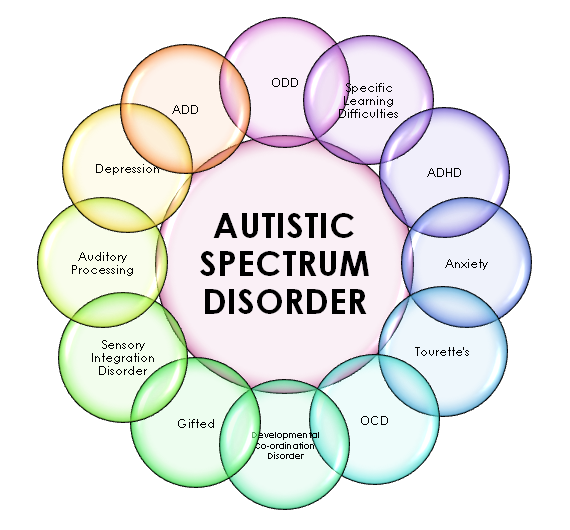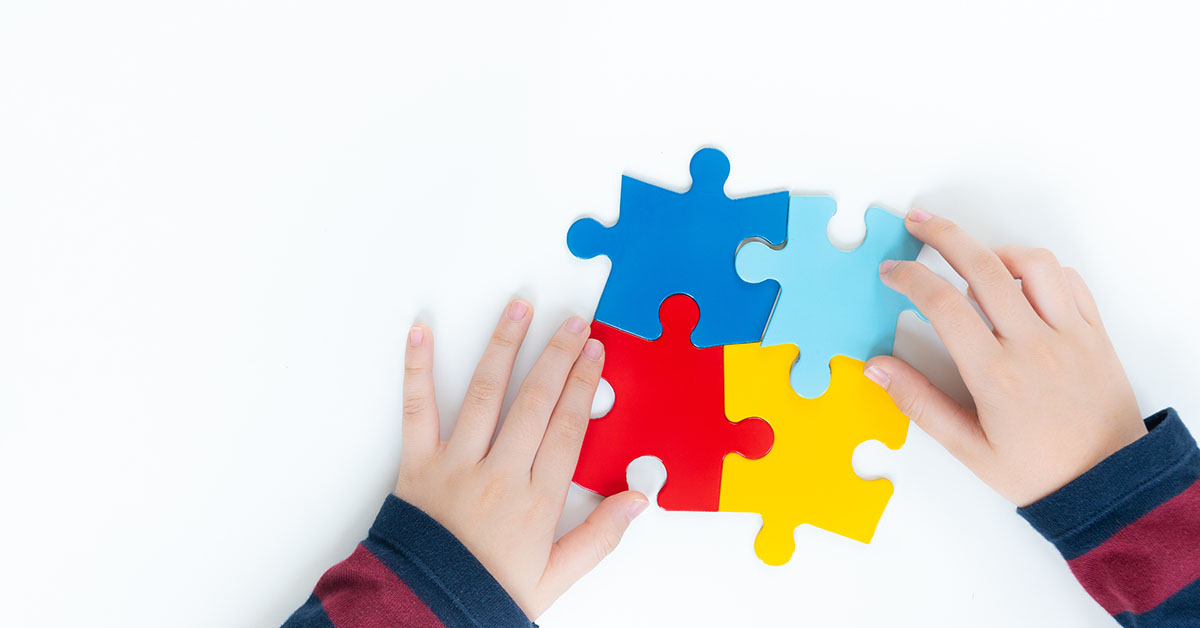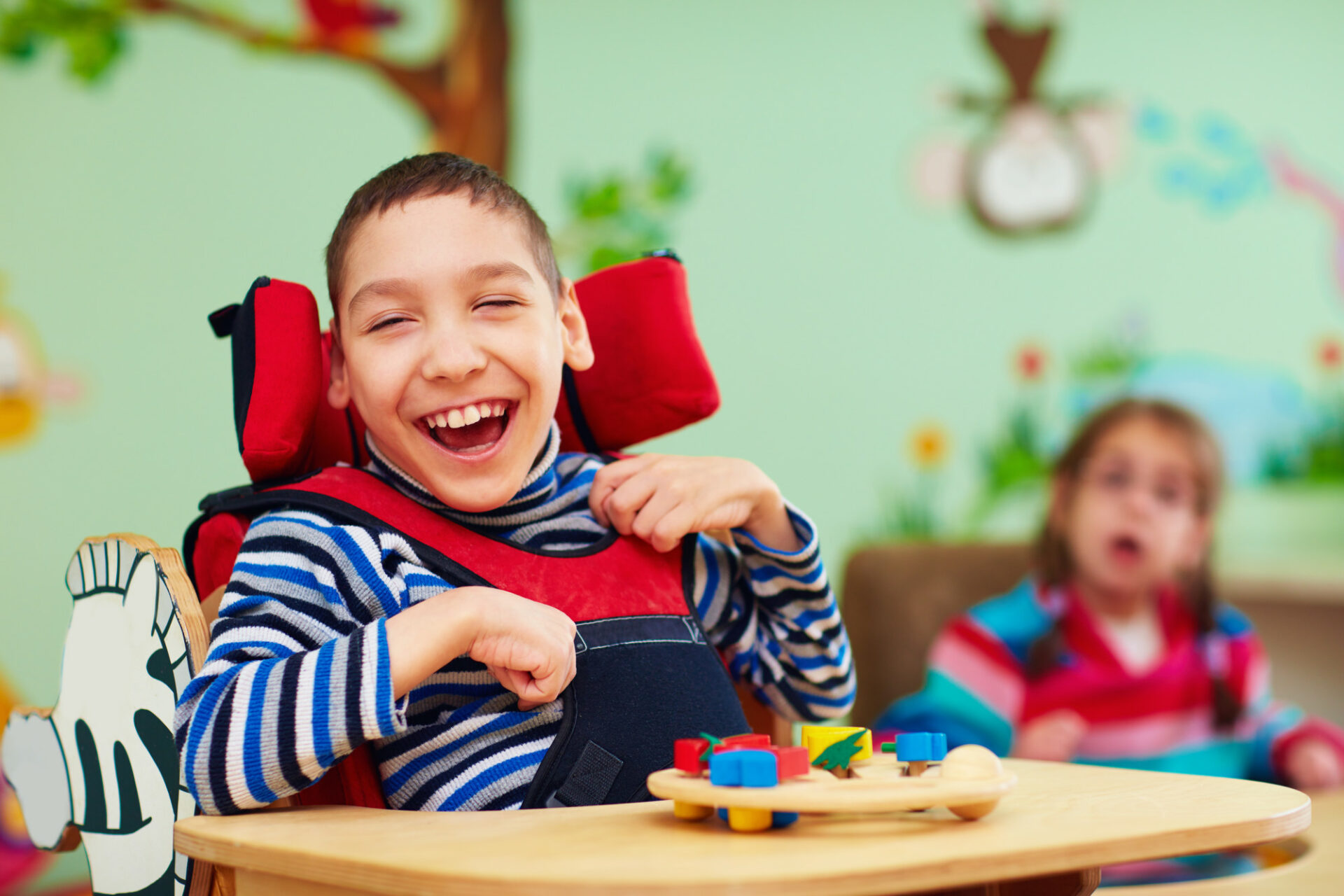Exactly how to Develop an Inclusive Atmosphere for Friends and Family Members with Autism
Checking Out Autism: Strategies for Efficient Interaction and Communication
Reliable communication and communication with individuals on the autism spectrum necessitate an extensive understanding of their unique requirements and choices. Techniques such as using clear language, making use of aesthetic supports, and cultivating regular routines can dramatically improve engagement and decrease anxiety. Acknowledging the value of non-verbal cues and shared interests paves the way for meaningful links. The complexities of these approaches reveal more factors to consider that warrant exploration, particularly in exactly how they can be adjusted to private experiences and diverse contexts. What might these adaptations resemble in technique?
Understanding Autism Range Disorder
Autism Range Disorder (ASD) encompasses a variety of neurodevelopmental conditions identified by difficulties in social interaction, interaction, and repeated actions. The term "range" mirrors the diverse indications and differing levels of seriousness experienced by people with ASD. While some may exhibit considerable impairments, others may display high-functioning characteristics, permitting better self-reliance in day-to-day live.
The onset of ASD normally takes place in early childhood, with signs usually recognizable by age two. Very early signs might consist of postponed speech growth, limited eye call, and difficulties in comprehending social hints. Although the accurate etiology of ASD remains vague, study recommends a mix of environmental and genetic variables plays an essential duty in its growth.
Individuals with ASD frequently have distinct toughness, such as heightened focus to detail and exceptional memory skills. However, they may have problem with recognizing abstract concepts and handling adjustments to routine. Therefore, interventions and support tailored to individual requirements are vital for promoting interaction and social abilities. Acknowledging the complexity of ASD is essential for advertising understanding, approval, and reliable techniques that assist in meaningful communications with individuals on the spectrum.

Importance of Clear Interaction
Efficient interaction is important for cultivating understanding and connection, especially for people with Autism Spectrum Disorder (ASD) Clear communication not just helps with social communications but likewise improves the person's capability to reveal their thoughts, requirements, and emotions. For people with ASD, the subtleties of language can typically be challenging; for that reason, utilizing uncomplicated and distinct language is necessary.
Furthermore, clear interaction aids decrease aggravation and anxiousness that might occur from misunderstandings. When messages are communicated in a straight and constant fashion, people with ASD are better equipped to translate information accurately, which can dramatically improve their social involvement and engagement in different setups.
Developing routines and making use of visual assistances can better bolster clear communication. These strategies offer people with foreseeable frameworks that help understanding and retention of details. Additionally, actively being and paying attention patient during communications advertises a supportive setting where people with ASD feel valued and understood.
Ultimately, prioritizing clear communication not only encourages individuals with ASD however also cultivates even more significant links with their peers, caretakers, and the wider community, paving the method for joint relationships and comprehensive interactions. - autism
Non-Verbal Communication Strategies
Communication expands past words, and for individuals with Autism Range Problem (ASD), non-verbal signs play a substantial role in communications. Non-verbal interaction strategies can consist of faces, gestures, body movement, and eye call, all of which function as important elements for conveying purposes and feelings.
Understanding and interpreting these non-verbal signals can improve communications with people with ASD. A warm smile or open position can produce an inviting environment, encouraging interaction. Utilizing aesthetic help-- such as image cards or icons-- can bridge interaction voids and aid convey messages a lot more effectively.
It is additionally crucial to be conscious of individual space, as people with ASD might have various comfort levels regarding closeness. Observing their responses to physical nearness can inform ideal adjustments.

Producing Helpful Environments
Creating a helpful setting is critical for promoting positive communications and improving the health of people with Autism Spectrum Condition (ASD) Such atmospheres can significantly reduce anxiety and create a sense of safety and security, permitting individuals to reveal themselves a lot more openly.
To accomplish this, it is vital to take into consideration sensory level of sensitivities that individuals with ASD might experience. Modifying the physical area to consist of soft lights, very little history noise, and comfy seats can create a relaxing ambience. Furthermore, utilizing consistent regimens and clear aesthetic routines can help individuals expect shifts and reduce unpredictability, further promoting comfort.
Social rooms ought to be structured to minimize overwhelming stimulations while offering opportunities for engagement in recommended tasks. Assisting in areas designated for quiet time can additionally offer as a haven during moments of stress. Importantly, including components of selection encourages individuals, permitting them to work out company in their atmosphere.

Urging Social Interactions
Fostering social interactions amongst individuals with Autism Range Problem (ASD) needs deliberate techniques that focus on comfort and engagement. Developing predictable regimens can help minimize stress and anxiety, making social setups much more approachable. Creating organized atmospheres with defined duties and responsibilities permits individuals to engage without the overwhelming pressure of unstructured social characteristics.
Integrating passions and toughness right into social tasks can function as Related Site a catalyst for interaction. For instance, arranging group tasks around shared hobbies or subjects of attraction can help with natural discussions and links. In addition, using aesthetic supports, such as pictorial routines or social scripts, can assist in recognizing social hints and expectations.
Modeling ideal social actions is from this source essential - autism. Grownups and peers ought to demonstrate efficient communication techniques, including energetic listening and turn-taking. Role-playing circumstances can likewise supply a secure room for people to exercise these abilities
Finally, fostering peer connections through comprehensive practices is vital. Motivating inclusive playdates or group trips can create chances for socializing in a comfortable setting. By implementing these educators, caretakers and strategies can substantially enhance social communications for individuals with ASD, promoting their total social development and wellness.
Conclusion
In conclusion, effective communication and communication methods are crucial for supporting people with Autism Spectrum Problem. Ultimately, these approaches empower individuals with autism to navigate social landscapes, promoting their total health and allowing the advancement of enduring partnerships.
Reliable interaction and interaction with individuals on the autism range demand a detailed understanding of their distinct demands and preferences. Clear interaction not only facilitates social interactions yet additionally improves the person's capacity to express their emotions, ideas, and requirements.Promoting social interactions among people with Autism Range Disorder (ASD) needs deliberate techniques that prioritize comfort and involvement. By implementing these caretakers, instructors and strategies can significantly boost social interactions for website link people with ASD, advertising their total social growth and wellness.
In conclusion, efficient communication and communication approaches are essential for sustaining people with Autism Range Problem.